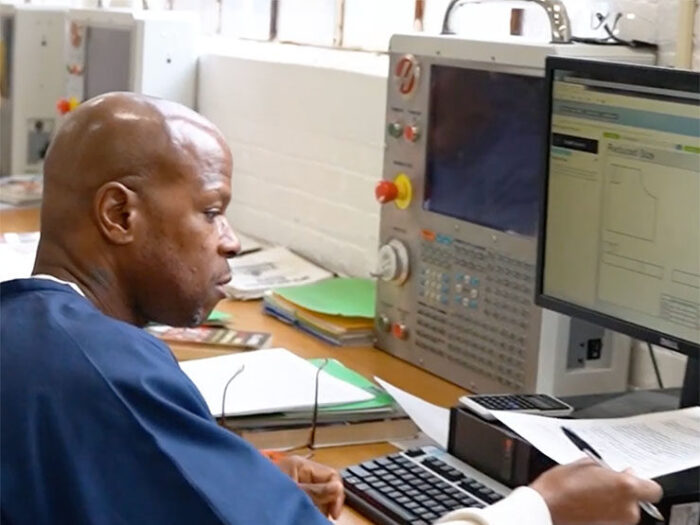What's Included
Understanding the Risks of Legacy ERP
Trepidation about modernizing your organization’s ERP is valid. Migrating is a big change, yet there are plenty of great reasons to move past the apprehension. We outline the risks and benefits.
Prioritizing Migration
Shocking reality: The upfront cost of a new system generally is less than the cost of maintaining an old one—even before you consider the costs of downtime and inefficiencies. That’s just one reason that migration should be a priority.
Navigating Project Complexities
If you haven’t been through the steps of process mapping in some time, you’ll be surprised by the potential improvements. Major change creates an ideal time to streamline steps and facilitate collaboration.
We’re proud to help organizations thrive, and we’d love to tell you more.


